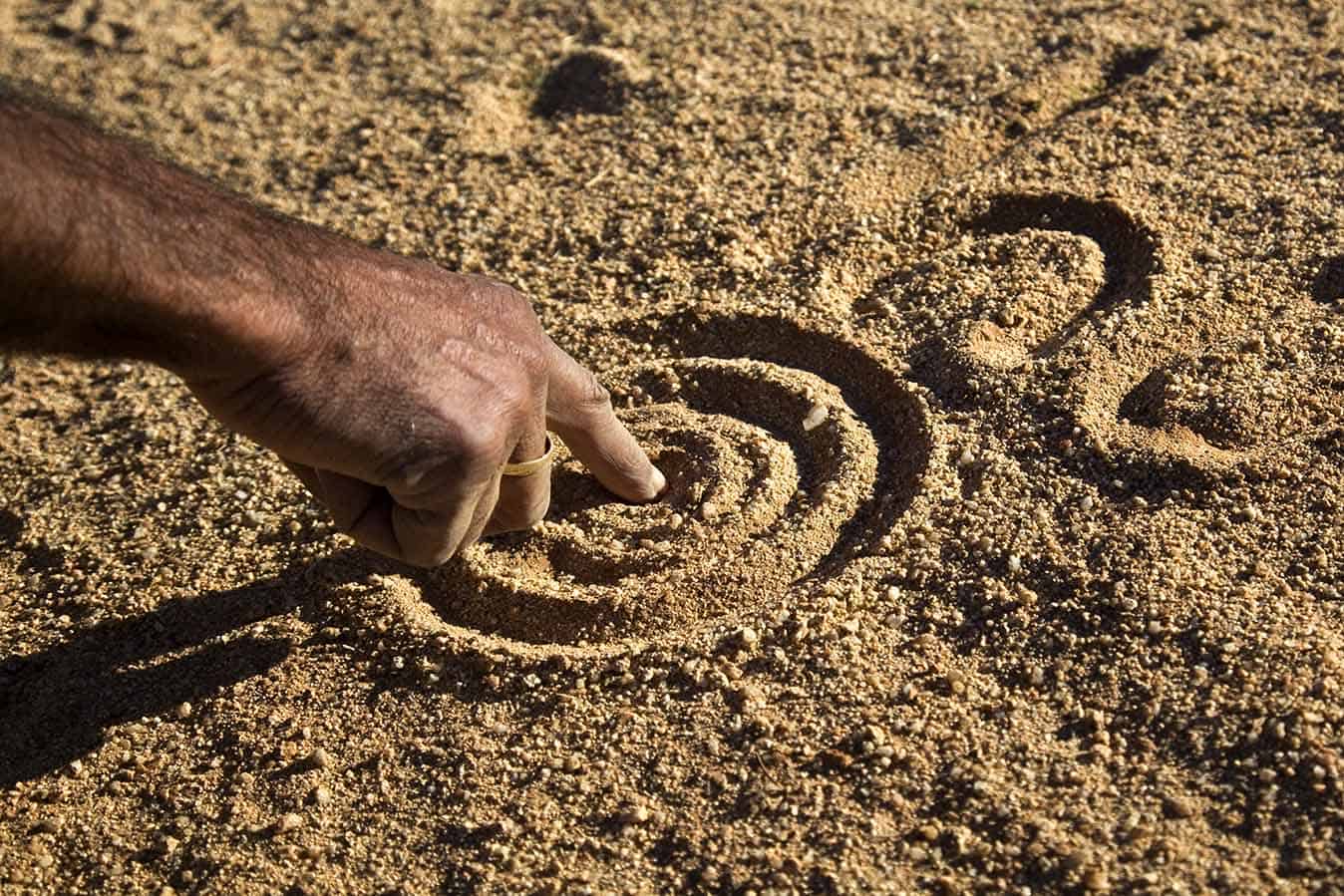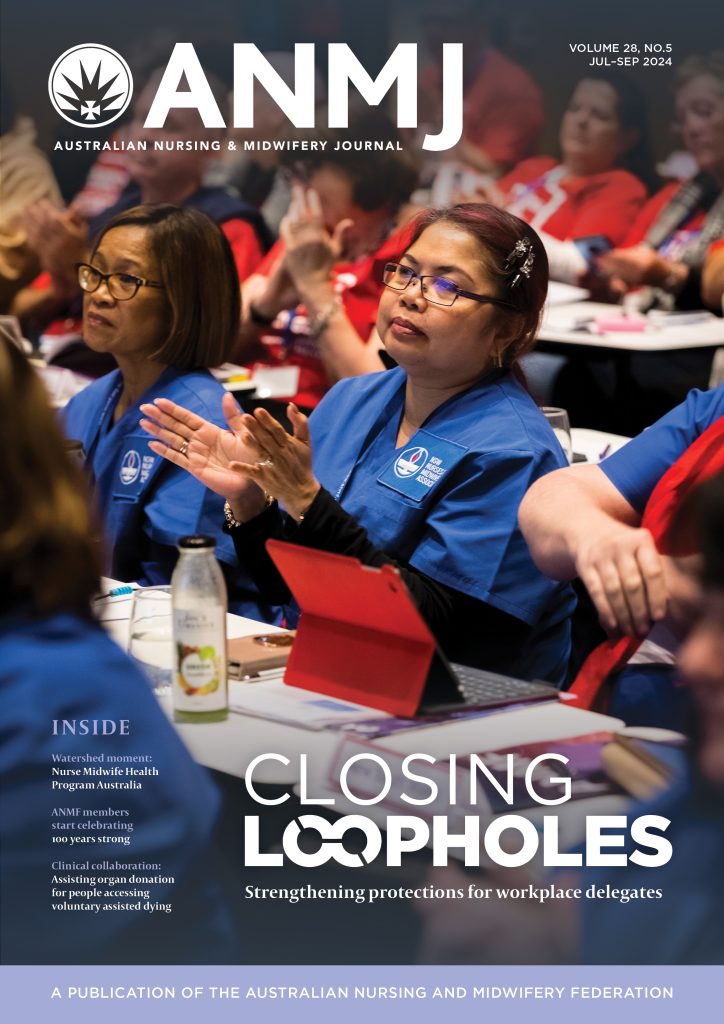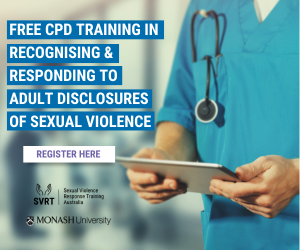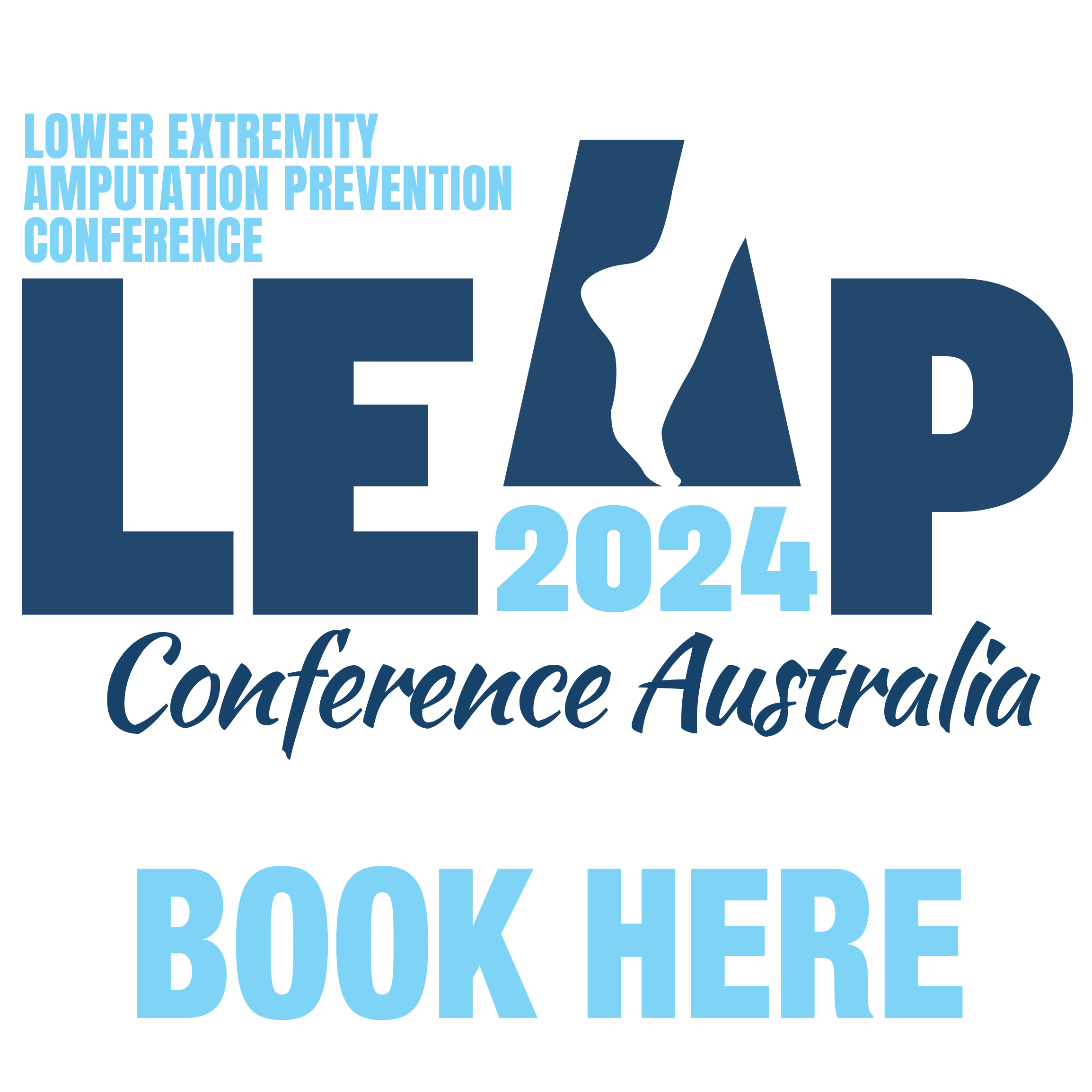Nyoongar woman and midwife Valerie Ah Chee started her midwifery training aged 41. It followed the birth of her youngest son Raphael who was her most complex at 28+4 days. He weighed 1,650gms and was in NICU for eight weeks.
He was really tiny compared to his brothers. It started me on a journey of reflection: the impacts both positive and negative of my birth experiences.”
Valerie shared her experience of birthing and midwifery at the Congress of Aboriginal and Torres Strait Islander Nurses and Midwives (CATSINaM) conference last October.
The mother of six sons and a daughter is an advocate for culturally safe maternity care for Aboriginal and Torres Strait Islander women and for Birthing on Country. Valerie never came across an Aboriginal midwife during her pregnancies. She was the only Aboriginal student in her cohort at Curtin University where she completed her degree in 2015.
“We do not have enough Aboriginal and Torres Strait Islander midwives. Birthing on Country does not automatically mean culturally safe birthing, not until we have enough Aboriginal and Torres Strait Islander midwives.”
Valerie’s passion is for Aboriginal and Torres Strait Islander women to be empowered to question their care and to have culturally appropriate care to be able to make informed choices.
Birthing on Country was high on the agenda at the three-day CATSINaM conference held in Adelaide and is an area that is gathering momentum. Largely as there has not been significant improvement in Indigenous infant and maternal health since it was recognised as an area of disparity and great need in 2012.
Indigenous mothers still suffer three times the mortality rate of non-Indigenous mothers. Premature babies are double the rate when compared to non-Indigenous babies and this is the same for low birthweight babies. There is a growing body of evidence which shows that factors affecting babies in utero and in early life have an effect on their long-term health.
Birthing on Country generally refers to an Aboriginal mother giving birth to her child on the lands of ancestors, ensuring a spiritual connection to the land for her baby.
When a woman gives birth off country, away from ancestral homelands, the belief is that it breaks the child’s spiritual place in the community raising emotional, social and spiritual issues for the mother and child.
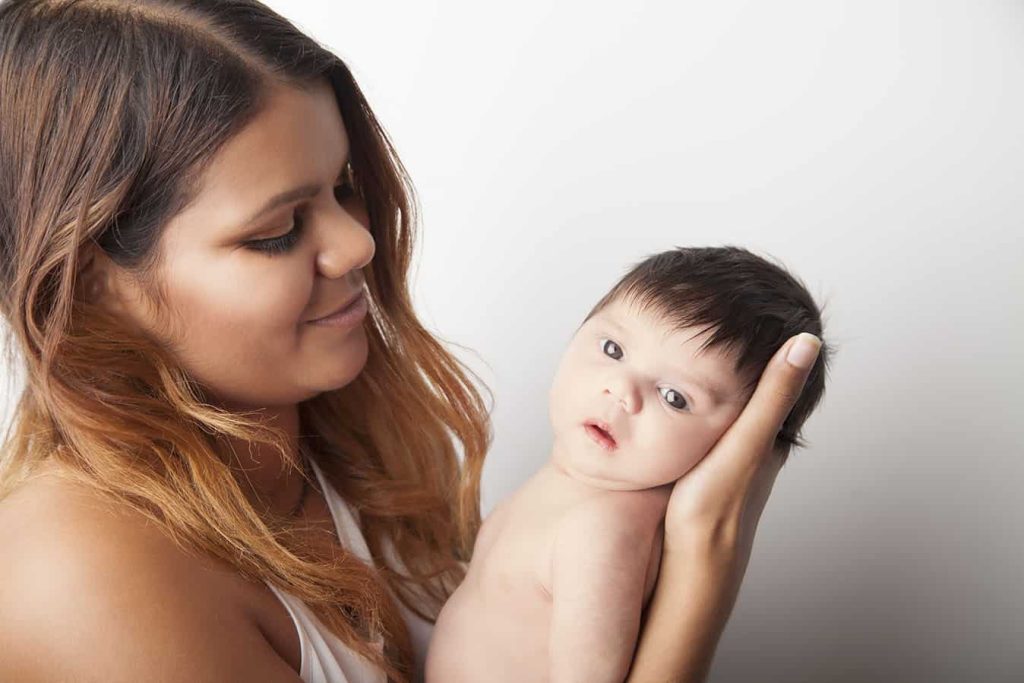
Aboriginal and Torres Strait Islander women have been advocating for many years that Birthing on Country will improve maternal and infant outcomes because of the integral connection between birthing, land (country) and place of belonging. It is a relatively new phenomenon to not birth on country, says CATSINaM CEO Janine Mohamed.
“Birthing on Country is not something new, it is a continuation of thousands of years of knowledge and practice.”
Birthing on Country is described as ‘…a metaphor for the best start in life for Aboriginal and Torres Strait Islander babies and their families which provides an appropriate transition to motherhood and parenting, and an integrated, holistic and culturally appropriate model of care for all (Kildea et al. 2013).
Birthing on Country ensures a spiritual connection to land for Aboriginal mothers and their babies and was highlighted in the 2010-2015 National Maternity Services Plan.
The plan outlined three recommendations to improve outcomes for Aboriginal mothers and babies:
- Increasing the Indigenous workforce;
- Increasing culturally competent maternity care; and
- Developing dedicated programs for Birthing on Country.
In 2017, a $1.1 million NHMRC grant was awarded to the Birthing on Country project. It followed a call in 2016 from three peak bodies for radical reform to maternity care services for Aboriginal and Torres Strait Islander women across Australia. ‘Birthing on Country Models’ was a joint initiative of CATSINaM, CRANAplus and the Australian College of Midwives.
The collaboration came about from an urgent need to address the lack of progress on the COAG mandate on closing the gap in healthcare. Despite a COAG commitment in 2012 to addressing inequality in life expectancy between Aboriginal and Torres Strait Islander people and other Australians, and halving deaths among children aged 0-4 years by 2018, progress had been slow and inconsistent.
Current initiatives were not working, perpetuating poor health outcomes for Aboriginal and Torres Strait Islander mothers and newborns which continued to have an impact in later life, says Ms Mohamed.
“We still have a long way to go if we are to close the gap on health inequity for Aboriginal and Torres Strait Islander people.
“Projects such as Birthing on Country are about making sure Aboriginal and Torres Strait Islander people have access to the health services needed to change the trajectory of poor health outcomes.”
The Birthing on Country program aims include increasing and supporting the Indigenous maternity workforce, expanding culturally competent maternity care, and establishing primary maternity units.
“Birthing on Country models of care provide integrated, holistic and culturally safe and respectful care for the ‘best start in life’ for Aboriginal and Torres Strait Islander families and communities,” says Ms Mohamed.
It has been identified 600 more Indigenous midwives are required to reach parity with non-Indigenous midwives.
“By incorporating our knowledge into clinical practice we also open the door for more Aboriginal and Torres Strait Islander people to enter the health workforce – this empowers the community to deliver on health and wellbeing outcomes across the board,” says Ms Mohamed.
Birthing on Country Models can be incorporated in any setting, from highly urbanised to very remote environments and are designed, developed, delivered and evaluated for and with Aboriginal and Torres Strait Islander women and midwives. According to CATSINaM’s position statement, Birthing on Country Models encompass some or all of the following:
- they are community based and governed;
- provide for inclusion of traditional practices;
- involve connections with land and country;
- incorporate a holistic definition of health;
- value Aboriginal and/or Torres Strait Islander as well as other ways of knowing and learning; and
- encompass risk assessment and service delivery and are culturally competent.
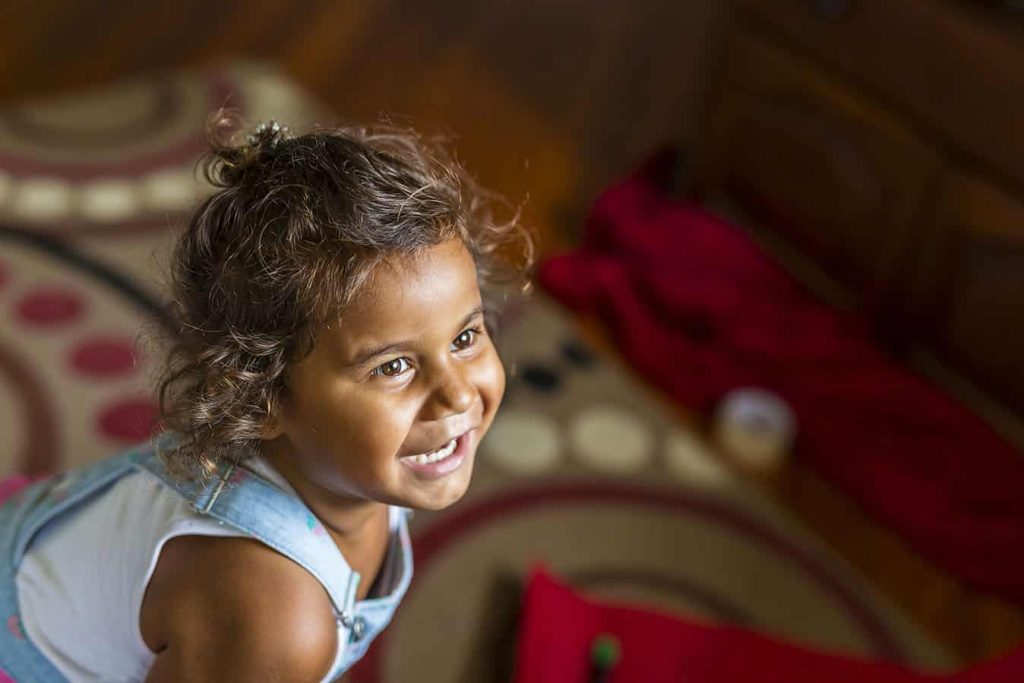
A Birthing on Country study conducted in Western Australia highlighted the lack of access to high quality, culturally secure maternity care for Aboriginal women.
The four-year on Noongar Boodjar Project study led by Murdoch University, found more Aboriginal midwives and culturally secure care were critical to closing the gap in maternity care and childbirth outcomes for Aboriginal mothers and their babies.
Researchers investigated the experiences of 39 Aboriginal women, almost half who first gave birth during adolescence. The results were presented in a three-day symposium in Perth in April 2018 aimed to inform national policy for a culturally competent midwifery workforce.
While all women interviewed reported having both positive and supportive experiences; just over half reported having had a negative experience.
Aboriginal women and practising midwives reported experiencing or witnessing racism or culturally unsafe practices. There was also a deep sense of shame, with some women reporting being unable to ask questions or engage with midwives during their birthing experiences in urban and regional maternity wards, especially when women were alone or only had one member with them.
“The cultural needs of Aboriginal women are not always met or acknowledged once they reach the maternity wards of our hospitals,” Director of Murdoch University’s Ngangk Yira Research Centre Professor Rhonda Marriott says.
Some Aboriginal women did not encounter another Aboriginal person throughout their childbirth experience in metropolitan Perth and major regional centres. The importance of having family members present for birthing in line with cultural practices was not always well known or received by midwives or hospital staff.
Many were often alone during their experience, with family members unable to be present to provide support.
“We need to understand what women want and ensure that they get the right maternity care, especially culturally rich birthing experiences in hospitals, and safer assisted births in the bush,” says Professor Marriott.
Birthing on Country, family support and providing an environment in which mothers felt empowered to ask questions and make decisions were vital to maternal wellbeing, she says.
“More change is needed to ensure that experiences for all Aboriginal women in our maternity services change for the better.”
CEO Janine Mohamed and fellow CATSINaM members presented to a Parliamentary Friends of Close the Gap meeting last October. CATSINaM called on all MPs present to support its call for a Senate Select Committee to investigate the barriers to wider implementation of Birthing on Country. The Inquiry could draw on the national and international evidence that demonstrates the wide-ranging benefits of Birthing on Country, according to Ms Mohamed.
“We need such an Inquiry to systematically identify the barriers that are holding back wider implementation of Birthing on Country and to make recommendations for solutions.”



